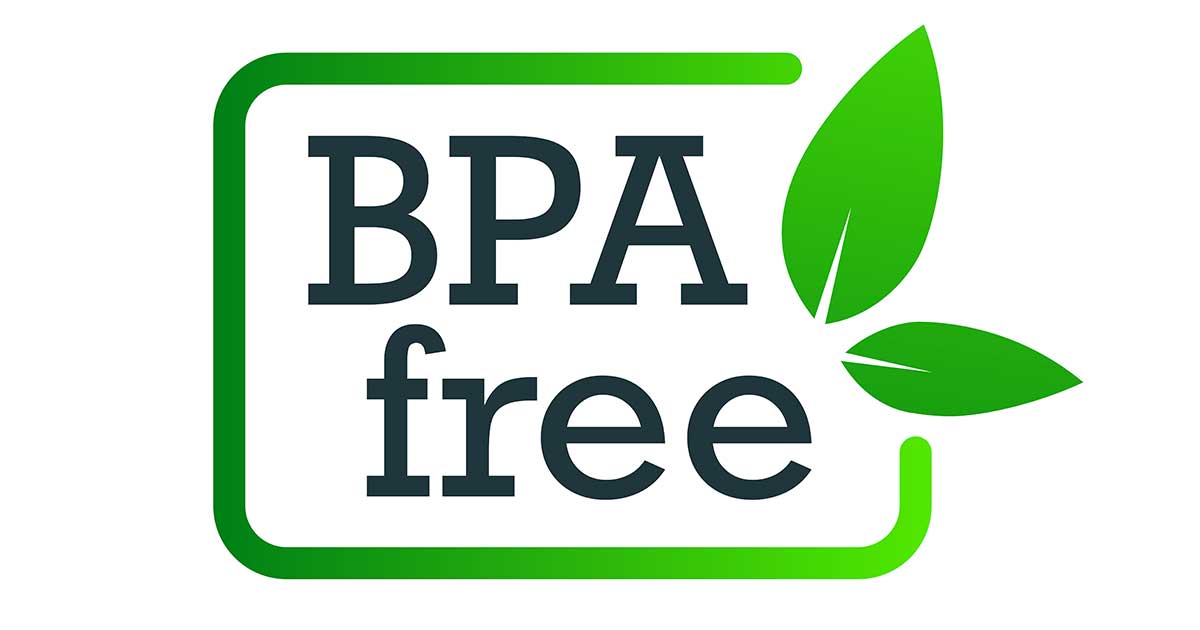 In the contemporary health and wellness landscape, where mindful consumption has become paramount, the materials constituting everyday products are under increased scrutiny. Among these, plastics have drawn significant attention due to the pervasive use of Bisphenol A (BPA), a chemical linked to various health concerns. This scrutiny has given rise to many “BPA-Free” products, a development that appears beneficial at first glance. However, the reality surrounding these labels is far more nuanced and warrants a deeper examination.
In the contemporary health and wellness landscape, where mindful consumption has become paramount, the materials constituting everyday products are under increased scrutiny. Among these, plastics have drawn significant attention due to the pervasive use of Bisphenol A (BPA), a chemical linked to various health concerns. This scrutiny has given rise to many “BPA-Free” products, a development that appears beneficial at first glance. However, the reality surrounding these labels is far more nuanced and warrants a deeper examination.
The Deceptive Assurance of “BPA-Free”
The designation “BPA-Free” has transcended its literal meaning to become a powerful marketing tool, offering a semblance of safety to health-conscious consumers. Yet, this sense of security is often illusory. The elimination of BPA frequently leads to the incorporation of chemically similar substitutes like Bisphenol S (BPS) and Bisphenol F (BPF), which, despite their structural similarities to BPA, continue to exhibit the same endocrine-disrupting capabilities.[1-2] This practice of substituting one bisphenol for another sidesteps the core issue of chemical safety and perpetuates the exposure cycle to potentially harmful substances.
The Health Implications of Bisphenol Substitutes
The concerns surrounding BPA and its alternatives are not unfounded. Both BPF and BPS have been implicated in a range of adverse health effects, mirroring those associated with BPA. These include hormonal disturbances, reproductive disorders, increased obesity and diabetes risk, and a heightened likelihood of developing certain cancers.[3] Moreover, emerging research suggests that these substitutes may contribute to cardiovascular health issues, further amplifying the risks associated with “BPA-Free” products.[4] These findings underscore the critical need to reassess the safety of bisphenol substitutes and highlight the inadequacies of current regulatory frameworks in addressing these risks.
Regulatory Challenges and the “BPA-Free” Label
While some jurisdictions have implemented regulations to limit or prohibit the use of BPA in specific products, the oversight of BPF and BPS remains inconsistent and often insufficient. This regulatory disparity allows these chemicals to persist in consumer products, masked by the reassuring but potentially misleading “BPA-Free” label. This situation reveals a significant gap in consumer protection, where the absence of comprehensive regulations for bisphenol substitutes leaves consumers unknowingly exposed to similar risks.
Beyond Bisphenols: The Broader Plastic Problem
The issues associated with BPA, BPF, and BPS represent just a fraction of the broader concerns related to plastic usage. Plastics, depending on their composition and the environmental conditions to which they are subjected, can leach many chemicals, including but not limited to phthalates, which are notorious for their endocrine-disrupting effects[5]. This propensity for chemical leaching highlights a systemic problem in the production and utilization of plastic products and underscores the urgent need for safer, more sustainable materials.
The Environmental Toll of Plastics
The environmental ramifications of plastic production and disposal add another layer of complexity to the plastic dilemma. The accumulation of plastic waste in natural ecosystems, its detrimental effects on wildlife, and its contribution to pollution underscore the unsustainable nature of current plastic usage patterns. The persistence of plastic waste, which can endure for centuries, exacerbates these environmental challenges, making the transition to more sustainable materials not just a health imperative but an environmental necessity.
Embracing Safer Alternatives
In recognition of the risks associated with “BPA-Free” plastics and plastics more broadly, consumers are increasingly turning to safer alternatives like stainless steel and glass. These materials offer numerous advantages, including the absence of chemical leaching, durability, ease of cleaning for stainless steel, and glass’s inert, non-porous nature. Opting for these materials can significantly reduce exposure to harmful chemicals and align consumer practices with health and environmental sustainability goals.
The Path Forward: Informed Consumerism and Advocacy
Navigating the complexities of “BPA-Free” products and plastic safety more broadly demands a more informed and proactive consumer base. Consumers are encouraged to look beyond surface labels, seeking out comprehensive information about product materials and manufacturing processes. Supporting brands prioritizing health, safety, and environmental responsibility can catalyze industry-wide shifts toward safer, more transparent practices.
Conclusion
In conclusion, the “BPA-Free” label, while seemingly a step in the right direction, opens up a Pandora’s box of health and environmental issues associated with bisphenol substitutes and the broader use of plastics. The evidence pointing to the harmful effects of BPF and BPS[1-4], coupled with the systemic issues in plastic production and disposal, underscores the need for a more holistic approach to consumer product safety and environmental stewardship. By fostering a more informed consumer base, advocating for stricter regulatory measures, and supporting sustainable manufacturing practices, we can pave the way for a future where products are not only safe for human use but also for the planet. This shift towards informed consumption, regulatory reform, and industry accountability can lead to a healthier, more sustainable world for current and future generations.
References:
- Rochester, Johanna R, and Ashley L Bolden. “Bisphenol S and F: A Systematic Review and Comparison of the Hormonal Activity of Bisphenol A Substitutes.” Environmental health perspectives vol. 123,7 (2015): 643-50. doi:10.1289/ehp.1408989
- Winkler, Juliane et al. “Bisphenol A replacement chemicals, BPF and BPS, induce protumorigenic changes in human mammary gland organoid morphology and proteome.” Proceedings of the National Academy of Sciences of the United States of America vol. 119,11 (2022): e2115308119. doi:10.1073/pnas.2115308119
- Konieczna, Aleksandra et al. “Health risk of exposure to Bisphenol A (BPA).” Roczniki Panstwowego Zakladu Higieny vol. 66,1 (2015): 5-11.
- Lu, Yuan et al. “Associations of bisphenol F and S, as substitutes for bisphenol A, with cardiovascular disease in American adults.” Journal of applied toxicology : JAT vol. 43,4 (2023): 500-507. doi:10.1002/jat.4401
- Wang, Yufei, and Haifeng Qian. “Phthalates and Their Impacts on Human Health.” Healthcare (Basel, Switzerland) vol. 9,5 603. 18 May. 2021, doi:10.3390/healthcare9050603




Leave a Reply
Your email is safe with us.